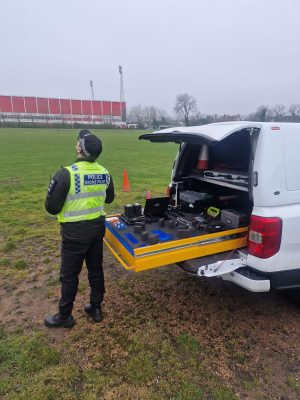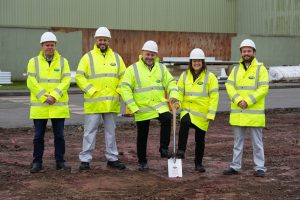How to make sure financing delivers results for local communities

Ed Rowberry, chief executive, Bristol and Bath Regional Capital
What’s most effective when it comes to financing and empowering local communities to deliver projects that address longstanding inequalities, tackle environmental issues, and ethically manage property assets, contributing to a healthy, sustainable region while still generating a good return for investors? Top down or ground up?
In truth, there is room for both approaches, IF there is a joined-up approach.
As the region’s first home-grown, place-based impact investor, we have now brokered and placed more than £50m, of investment to best-in-class businesses and projects that deliver both impact and attractive investor returns. These include a pioneering community-led wind turbine – currently the largest onshore turbine in England, important community hubs and affordable homes for those most in need, from key workers to refugees. Often, we can deliver at a lower cost than many national government interventions. But centralised and local investment solutions are not necessarily mutually exclusive. A joined-up approach is what will create a truly successful model.
A top-down structure works best when it creates scale and leads to bigger outcomes and results. The ground up structure is embedded and is able to make changes happen at a grass roots level.
The challenge with the top down structure, however, is that local communities can often feel less empowered, with change feeling like it is being imposed from above rather than delivered collaboratively. Feedback from the organisations we support shows that our ‘on the ground’ approach, working hand in hand with local knowledge of the geography and the challenges faced, is what makes the project a success, both practically and financially in terms of investor returns.
Often the projects we back have a range of interested parties, be they local authorities, combined authorities, or other funders, public and private. Knowing each other and working collaboratively means we can quickly adjust when challenges arise or a different direction is needed. We can work together on imaginative financial engineering, streamlined planning processes and the right policies. If a large Government funded organisation gets involved that has no local knowledge, this process can become uninformed and anonymous, more often concerned with ticking boxes than generating real impact.
Our challenge is to take a fresh look at how place-based impact investors and Government funders can work more effectively hand in hand to maximise public and private investment for the shared goal of empowering local communities to drive positive social and economic change. We know it’s possible.










